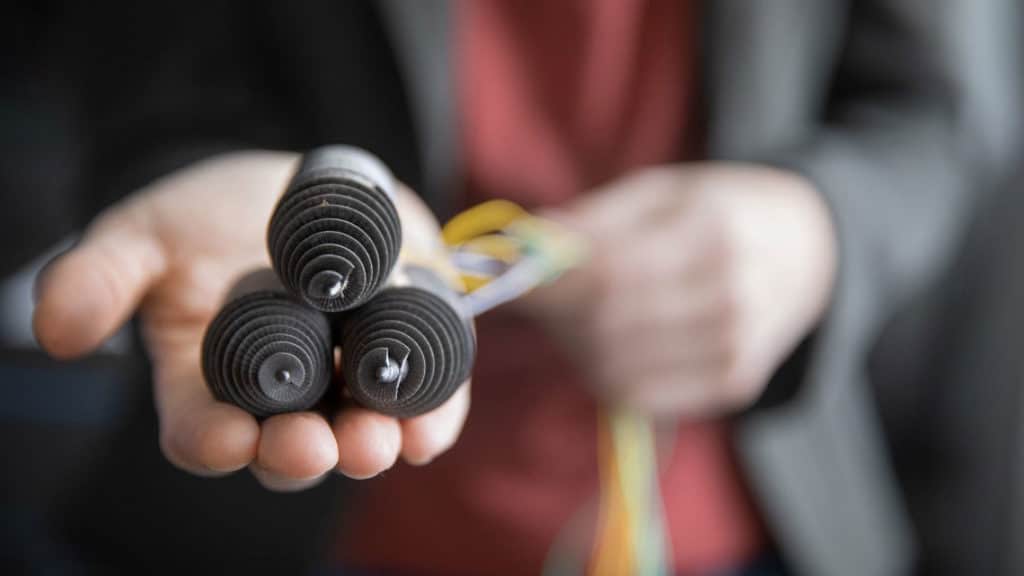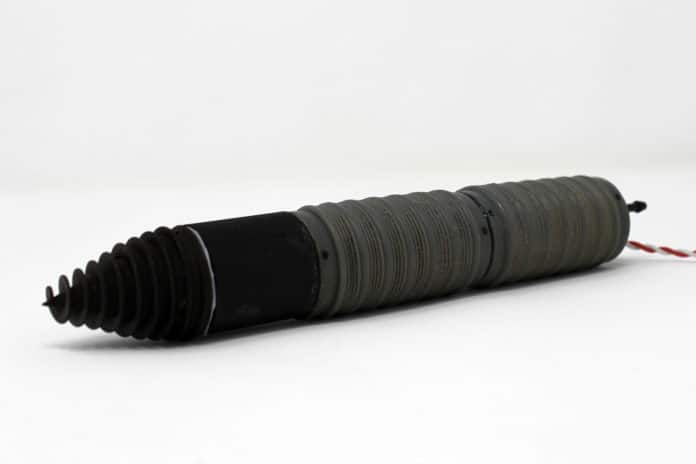Who knows more about the composition and condition of the soil than an earthworm? Unfortunately, you can’t just pick them up and ask; but now, scientists are going to fix this with their soil-monitoring robots.
A Cornell project funded by two separate three-year grants will develop worm-like, soil-swimming robots to sense and record soil properties, water, the soil microbiome, and how roots grow. The creatures, 1- to 2-foot (between 30.5 and 61 centimeters) in length, will be tasked with analyzing the soil of agricultural lands.
The worm-like robots emulate how a bore drills into the ground, combined with a peristaltic motion that mimics how worms move through the soil. The front loosens up the dirt, and the back pushes forward and presses that dirt into a wall of a tunnel. A robot’s ability to push through soil can reveal such properties as soil density and compactness from the magnitude of the effort made during trenching. Thanks to the set of built-in sensors, the structures can also monitor changes in the temperature and humidity of the soil while moving.

In addition, if a fiber-optic cable is connected, it will be possible to provide a slew of measurements, including direct imaging of roots to measure growth and angles. It would also make it easier to measure excitation and emission wavelengths of soil microorganisms and root chemistries, including carbon compounds exuded by plant roots. “We should be able to determine roughly what chemicals and organisms are prevalent at the root surface and surrounding soil,” said associate professor Robert Shepherd.
Another goal of the project will be to evaluate how plants might respond to the effects of climate change, such as water availability. Measurements of root growth factored in with environmental data can provide insights into how roots grow based on external conditions, such as droughts.
Since it is difficult for radio waves to pass through the ground, the accumulated data is stored onboard the robot for later retrieval and analysis. The processed data could also be of significant help in forecasting crop yields, assessing crop resilience, and examining plant responses to climate change.
It is planned that the developers will first test the agricultural robots on maize, with the ultimate goal of incorporating factors related to root growth to improve breeding efforts and soil management that directly affect food productivity and security.
